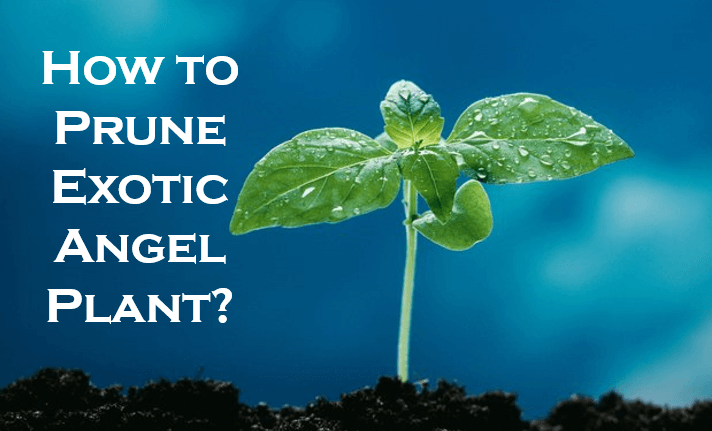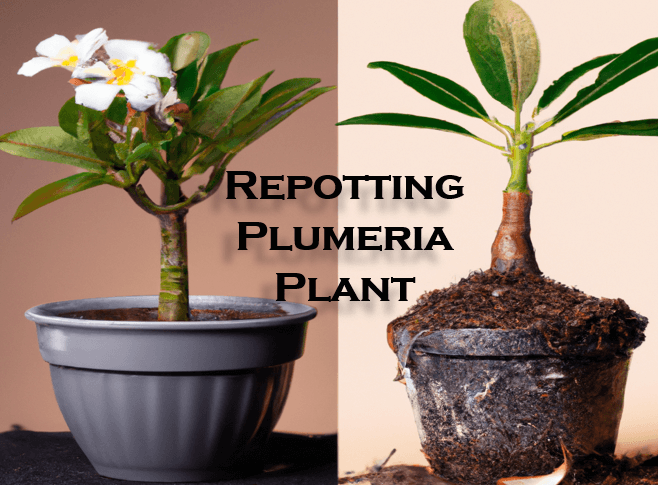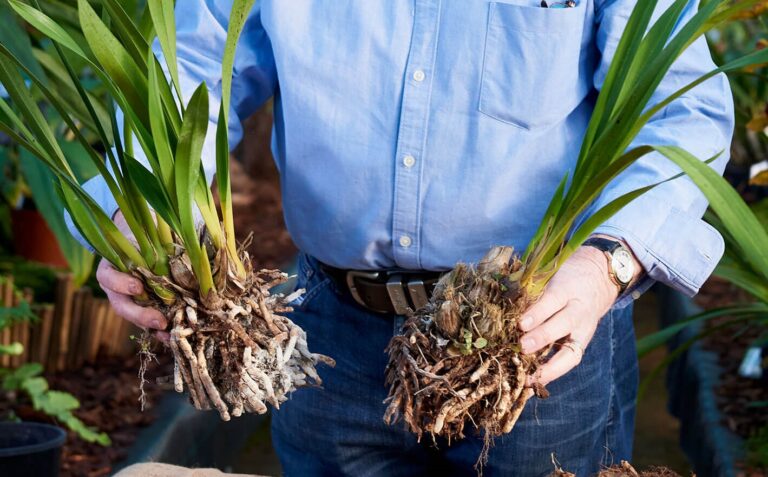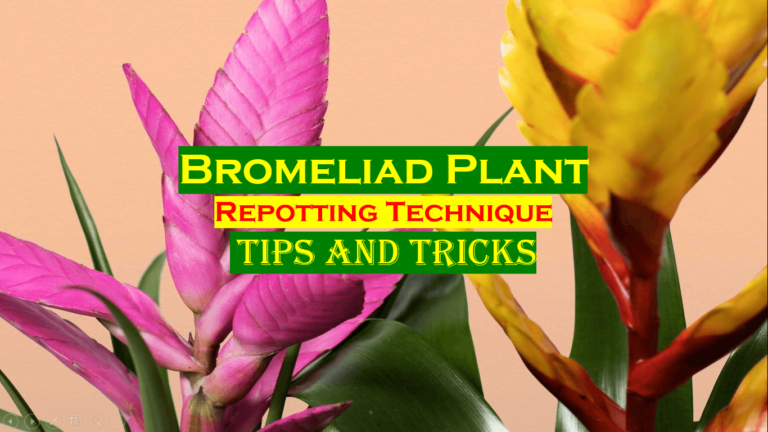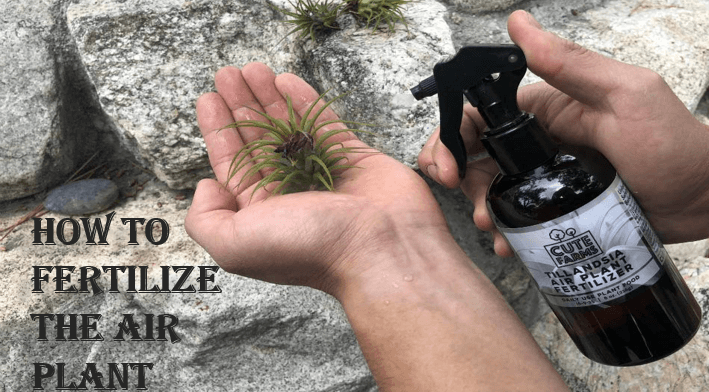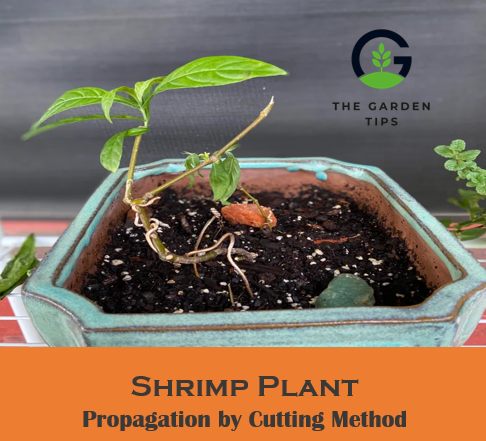African Violets are one of the most popular household plants in the world. They are easy to care for, and their bright colors add a pop of bloom to any corner of the house. These plants are beautiful to look at and are grown in different sizes, from 2 inches to 12 inches. Different patterns are drawn on the leaves, and these plants’ lively and cheery colors are amazing.

To keep your African violets thriving, you must repot them to ensure their healthy growth. Repotting African violets houseplants is easy, and this article contains a list of steps to help you repot African violets. You will also get complete information about tips and materials required for repotting. So, stay tuned!
Why Repotting Is Important for African Violets?
African violets are beautiful flowering and make a valuable addition to any home. They are well-known for their bright color, delicate foliage, and low maintenance. They are easy to care for, but they need repotting very often. Repotting allows African violet plants to grow healthy and flourish, and repotting is essential for keeping them safe from diseases such as rot and nutrient deficiencies.
When the roots start coming out of the pot, you must repot them to provide them the space to grow properly. Some plants need repotting yearly, while some mature plants can grow easily in the same pot. You need to ensure and check the growth of the plant to estimate the time of repotting. Otherwise, plants can wilt and rot.
When To Repot African Violets?
You need to check for the signs that say they need repotting; some of the signs that indicate it is time to repot your African violets are;
Plant Is Root-Bound
When the roots keep growing inside the pot of the African violets and form a dense cluster, and there is no space for more roots, you need to repot the plant. This root-bound situation will stop the availability of soil nutrients, and all the spaces will fill the pot.
The plant is Growing Out
If the plant is growing out and there is no more space available for them to grow completely, you need to change the pot. The plant can easily become unbalanced, and the plant’s leaves can easily extend the edge of the pot; this is when you need repotting.
Plant Develop a Neck
Repotting African violets with long necks is important when new leaves come out from the top and the lower leaves die off. You will see a neck of stem below the leaves; this neck indicates you need to repot the plant.
Slow Growth
If you notice that the growth of your plant is slow and there are no new leaves at the top of the plant, this is one of the major indications, and if you catch it soon, you can save your plant from leaf rot and death.
Pale Leaves
If the leaves of your plant start to look pale and the soil starts to dry, you need to repot your plant immediately.
Materials Needed for Repotting
There are a few items that you will need for repotting;
- You will need a clean clay pot; you should take one size-up pot for the perfect growth of your monstera plant. You can also take two sizes up if the roots need more space and the plant is young.
- You will also need light and moist potting soil containing perlite and sphagnum moss to help in aeration.
- A gentle scraper scrapes the bare stem of the plant to provide a stable base for the plant.
Steps to Repot African Violets
Here are the steps that you can follow step-by-step for repotting your African Violet plant;
Step 1: Remove the plant
You will need some tools and space to prepare all the repotting materials. After preparing the materials and tools, you will need to remove your African violet from its old pot. Before taking the plant out, water it completely to ensure they are prone to repotting injuries. If the pots are less porous, you will need other containers like ceramic and plastic and have to hold them tight to take the plant out.
Step 2: Tend to The Roots
After taking the plant out of the pot, brush the root ball. You need to clean the roots with the help of a soft toothbrush or rake. If the roots are brown, black, or dense, you can easily cut them to stop the growth of root rot.
Step 3: Repotting Your African Violet
After taking the plant out and brushing the roots, cut off the excess leaves or stem budding with the help of shears or scissors; after giving your plant a haircut, it is time to repot it into a new pot. For this purpose, place a thin soil layer and the root ball on top. Cover the base with the soil, add the plant, pat it a little to settle the soil, and fill the sides to make it stable.
Post Repotting Care of African Violet
After repotting your plant, it is time to keep them with care to help them stay active and healthy. You can also add your African violet plant into a plastic bag for a week; this helps enhance the humidity and let the gas inside the tank. You also need to ensure that the container does not damage the leaves. Also, remember the repotting date to schedule the next repotting.
After adding your African violet to a bag, you don’t need to add water to it. You need to add water to your plant when it is out in the air; adding them to the bag means sealing them from the outside and helping them retain its moisture. They already have moisture, and you don’t have to water them.
Conclusion
Repotting an African violet is easy. You can easily repot your plant with the help of the guide mentioned above; if you follow the guide step-by-step, you can successfully repot your plant, even if you are a beginner. Repotting a plant is necessary to keep them healthy, and if the plant is under observation after repotting, you can ensure its health and long life.
FAQs About African Plant
Can You Repot African Violets When They Are Blooming?
Repotting a plant can be a little stressful for any plant, but African violets are more sensitive to shock. You should wait for the plant to bloom completely and then repot it, but if you notice any root-bound conditions and risk of toppling over, you can repot the plant as the loss can be worse than plant shock.
How To Prevent African Violet Drooping After Repotting?
If you notice the African violet plant is dropping, you need to check for the wilting of the flower, and there are chances that you have overwatered it. African violets need even moisture but ensure that these plants are not wet. If you feel the water is standing inside the pot, remove it immediately. This excess water in the pot is the main cause of drooping and wilting.
Why Are My African Violet Leaves Curling After Repotting?
If you notice that your African violets are curling, the plant is not warm enough. If the plant is outdoors and the weather is cold, there are chances of leaving curling and turning brittle. The plant can also add fur to its leaves to protect itself from extreme weather conditions.
Do You Wet Soil When Repotting African Violets?
If the potting mix is dry, you can wet the soil while repotting, but if the soil has moisture, it is not compulsory to wet it. After repotting the African violet, you can add water to ensure no repotting injuries.


